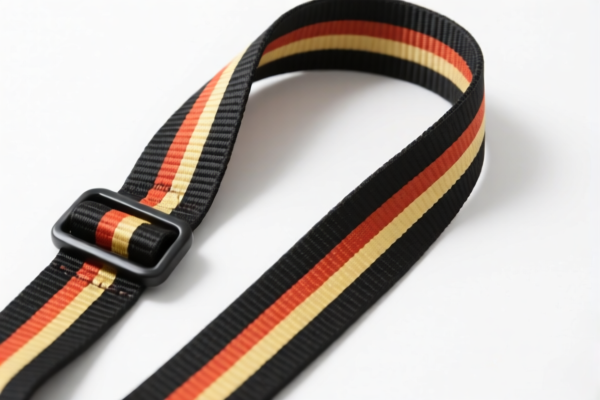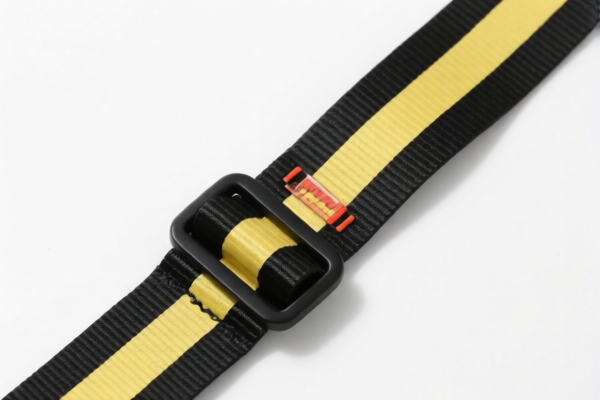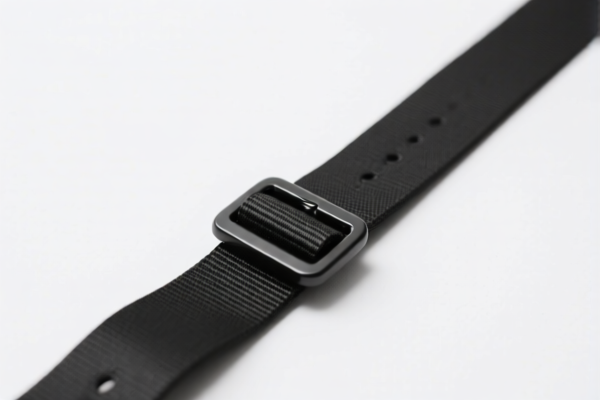| HS Code | Official Doc | Tariff Rate | Origin | Destination | Effective Date |
|---|---|---|---|---|---|
| 6213201000 | Doc | 43.2% | CN | US | 2025-05-12 |
| 6213202000 | Doc | 44.6% | CN | US | 2025-05-12 |
| 4201003000 | Doc | 57.4% | CN | US | 2025-05-12 |
| 4201006000 | Doc | 57.8% | CN | US | 2025-05-12 |
| 4205000500 | Doc | 57.9% | CN | US | 2025-05-12 |
| 4205000500 | Doc | 57.9% | CN | US | 2025-05-12 |




Staple
A staple is a small, two-legged piece of metal used to fasten papers, cards, or other materials together. It is a common office and household fastening tool.
Material
Staples are typically made of steel, although stainless steel and other alloys are used for corrosion resistance or specialized applications. They are often coated with zinc, tin, or other materials to prevent rust and improve performance in staplers.
Purpose
The primary purpose of a staple is to mechanically join sheets of paper or similar materials. This provides a temporary, but secure, bond.
Function
A staple works by being driven through the materials to be joined by a stapler. The legs of the staple bend inwards once fully inserted, clamping the materials together. The bending is achieved by an anvil within the stapler.
Usage Scenarios
- Office: Binding documents, reports, and other paperwork.
- Household: General paper fastening, crafts, upholstery (using specialized staples).
- Construction/Upholstery: Heavier-duty staples are used for attaching fabrics, insulation, and other materials to wood or other surfaces.
- Bookbinding: Small staples can be used for pamphlet or booklet binding (saddle stitch).
Common Types
- Standard Staples: The most common type, used in standard staplers for general office use. Sizes are designated by a number (e.g., 26/6, 24/6), where the first number indicates the wire gauge and the second indicates the leg length in millimeters.
- Heavy-Duty Staples: Larger and stronger than standard staples, used for thicker materials.
- Fine Wire Staples: Used for delicate materials or applications where a less visible fastening is desired.
- Flat Crown Staples: Have a flattened crown (the part that bends over) and are often used in industrial staplers.
- Offset Staples: Used for temporary fastening, allowing for easier removal.
- Upholstery Staples: Wider legs and crowns designed for attaching fabric to wood frames.
- Electric Staples: Used with electric staplers for high-volume applications.
Based on the provided information, determining the precise HS code for "staple" requires further clarification of its material and intended use. However, the following HS codes may be relevant:
- 4201003000: Saddlery and harness for any animal (including traces, leads, knee pads, muzzles, saddle cloths, saddle bags, dog coats and the like), of any material: Dog leashes, collars, muzzles, harnesses and similar dog equipment. This code applies to items used for animals, potentially including staples used in animal control or training equipment.
- 4205000500: Other articles of leather or of composition leather: Of a kind used in machinery or mechanical appliances or for other technical uses: Belting leather cut or wholly or partly manufactured into forms or shapes suitable for conversion into belting. If the staple is made of leather and used in machinery, this code may be applicable.
- 6213201000: Handkerchiefs: Of cotton: Hemmed, not containing lace or embroidery (330). While seemingly unrelated, if the staple is used in the manufacturing of cotton handkerchiefs, this code could be relevant as a component material.
- 6213202000: Handkerchiefs: Of cotton: Other (330). Similar to the previous code, this applies if the staple is used in the production of other types of cotton handkerchiefs.
It is important to note that these are potential matches based on limited information. To determine the correct HS code, please provide details regarding the staple's material (e.g., metal, leather, cotton) and its specific application.
Regarding HS code 4205000500, please note the need to verify the use of the leather in machinery or mechanical appliances.
Customer Reviews
No reviews yet.